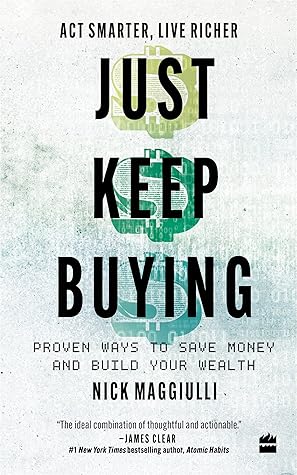More on this book
Community
Kindle Notes & Highlights
Read between
July 25 - July 30, 2022
“Time is money.”
The authors of Happy Money: The Science of Happier Spending found that spending money in the following ways was most likely to increase your overall happiness:25 Buying experiences Treating yourself (on occasion) Buying extra time Paying upfront (e.g., all-inclusive vacations) Spending on others
Pink discusses how autonomy (being self-directed), mastery (improving your skills), and purpose (connecting to something bigger than yourself) are the key components to human motivation and satisfaction.
Ultimately, your money should be used as a tool to create the life that you want. That’s the point.
The easiest way to combat this is to ask yourself whether a given purchase will contribute to your long-term fulfillment. If the answer is “Yes,” then make the purchase and stop beating yourself up mentally. But if the answer is “No,” then you need to move on because there are other areas where your money would be better spent.
Chirag liked this
Lifestyle creep is when someone increases their spending after experiencing an increase in income or as a way of keeping up with their peers.
Once you spend more than 50% of your future raises, then you start delaying your retirement.
The right time to buy a home is when you can meet the following conditions: You plan on being in that location for at least ten years. You have a stable personal and professional life. You can afford it.
The issue is that those who play it safe don’t see the consequences of their actions for many years. But those consequences can be just as damaging as the consequences of taking too much risk.
It’s this diminishing relationship between wealth and happiness that should convince you that, sometimes, it’s okay to sell.
“It don’t matter if you win by an inch or a mile. Winning’s winning.”
in the book The Happiness Curve, Jonathan Rauch describes how happiness in most people starts declining in the late 20s, bottoms at age 50, and then increases after that.
We begin our lives as growth stocks, but end our lives as value stocks.


